By E2E Research | August 25, 2021
The secret to successful research may not be a secret but in the hustle and bustle of work, we often forget one or more of them. If that describes your day today, then consider this your quick and friendly reminder!
#1 Don’t sell: solve problems.
As researchers, our job isn’t to sell questionnaire design, scripting, data analysis, report writing, and dashboards. Those may in fact be the specific services we offer but our real job is help our partners discover practical solutions to their business problems – Why isn’t this SKU selling, what new product do consumers want, who are my customers, how can I upsell to a target audience, how can I complete more projects when half my team is on holidays, how can I help a client when I don’t have all the services they need?
Our job is to thoroughly understand the business and research problems, and then translate them into appropriate solutions. Whether it’s concept studies, customer segmentation, journey mapping, market forecasting, or providing professional services, if we can’t translate a need into a custom solution, we’ve not done our job.
#2 Know your audience
 A lot of market research starts by truly understanding a specific audience. Who are they – what are their hobbies, where do they live, where do they work, what does their family look like? It’s really easy to calculate a median age and the percentage of customers who are female but the last few years have taught us a lot about intersectionality – it’s not just “women,” it’s “disabled Black women.” In the research world, we understand this as customer segments or personas.
A lot of market research starts by truly understanding a specific audience. Who are they – what are their hobbies, where do they live, where do they work, what does their family look like? It’s really easy to calculate a median age and the percentage of customers who are female but the last few years have taught us a lot about intersectionality – it’s not just “women,” it’s “disabled Black women.” In the research world, we understand this as customer segments or personas.
After conducting a well-designed survey, focus group, personal interviews, social listening, or analytics, you’ll have the necessary data to run a reliable segmentation and identify 3 to 5 distinct target groups of people within your ideal audience. For example, a couple of common ones are Primary Grocery Shoppers and Moms of Infants.
Once the data has spoken, you can then build a unique buyer persona, a fictional character, for each target group to clearly outline each one’s unique characteristics. This will make developing a set of products, prices, messaging, and marketing that genuinely resonates with each one much easier.
#3 Map your marketing
Researchers spend a lot of time mapping journeys – shopper journeys, patient journeys, student journeys, employee journeys. Building products that people want to use and buy means understanding the wants, needs, and challenges customers experience at every stage of the journey. You might discover that the most problematic stage, in fact, is not the most problematic stage.
Build a plan to understand every stage of the journey from end to end. As eloquently shared by Biz Davis from Abacus Agency, you need to understand whether your brand is lacking in awareness, interest, consideration, purchase, or advocacy, and whether consumers want to be entertained, inspired, educated, convinced, or delighted.
#4 Think like you search
 If you’ve written a questionnaire before, you know how important this tip is. Sure, you could write a questionnaire as if you were Charles Dickens showing off his stunning, grammatically correct 200-word sentences with multiple, embedded clauses.
If you’ve written a questionnaire before, you know how important this tip is. Sure, you could write a questionnaire as if you were Charles Dickens showing off his stunning, grammatically correct 200-word sentences with multiple, embedded clauses.
Or.
You could search on TikTok and Twitter and find out how people really talk. Use phrases regular people use. Use words everyone understands even if there’s a technically more precise word. Write questions and answers the same way people search and you’ll end up with a questionnaire that people want to answer!
#5 Promote your content
In the marketing world, this means thinking about native ads, social sharing, and cross-channel marketing. But for researchers, it means sharing your research across the company – from researcher to brand manager to innovation team to development team to marketer.
When everyone in the company is familiar with the results of your research, they can each do their part to amplify the outcome of the insight.
#6 Tell a great story
 How do you get colleagues to share your research? Easy! Well, it’s not that easy. Storytelling is a necessary skill that will carry your research results throughout the company. Let people know what is exciting about the insights, how they could be used to reach consumers in unexpected ways, how they could personally benefit from understanding the results.
How do you get colleagues to share your research? Easy! Well, it’s not that easy. Storytelling is a necessary skill that will carry your research results throughout the company. Let people know what is exciting about the insights, how they could be used to reach consumers in unexpected ways, how they could personally benefit from understanding the results.
And sure, though the bulk of the research will be educational, informative, and standard, be sure to incorporate just a small bit of fun along the way.
#7 Become an authority
Don’t rest on the laurels of the research you did last year. That’s old news now. The theory may be correct but times and technology have changed. Follow up last year’s study with one that builds on what you’ve learned from your colleagues, seen among your competitors, and witnessed in related industries.
Show your colleagues what your brand could become if everyone worked together to leverage new, innovative research methods, techniques, and skills. Become the expert at your company who constantly pushes everyone forward towards building a better product and a better company. Get that seat at the table.
#8 Start small to grow big
 You could build and execute a 5-year research plan.
You could build and execute a 5-year research plan.
Or, you could start small with a single project that gives you a solid overview of one product or target audience. Inhale it, memorize it, internalize it.
Then build the five-year plan. Because at this point, you’ve seen all the strengths and weaknesses among a specific product, how your colleagues work together, how your company systems work, and what’s happening in your industry. You have perspective now.
Now you get it. Now you can think really big.
My inspiration for this post?
I watched a webinar given by Biz Davis from Abacus Agency in Toronto in which he shared a bunch of his secrets for building an effective marketing strategy. The webinar will be posted on their website very soon so do go have a peek.
While watching, all I could think was how relevant his secrets were, in particular, for market and consumer researchers. The headers are his words, and I riffed on the ideas to bring you the research tips.
Are you ready to plan a great market or consumer research project from End to End? Email your project specifications to our research experts using Projects at E2Eresearch dot com.
Learn more from our other blog posts
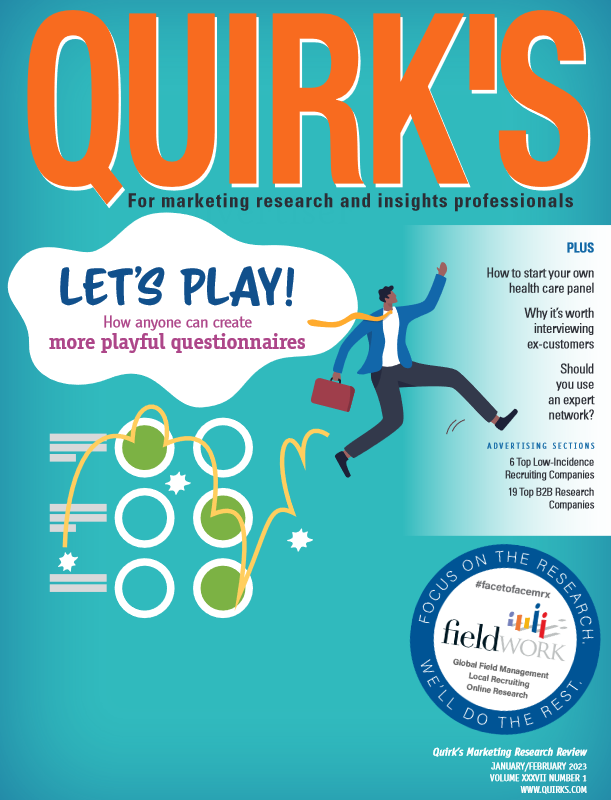
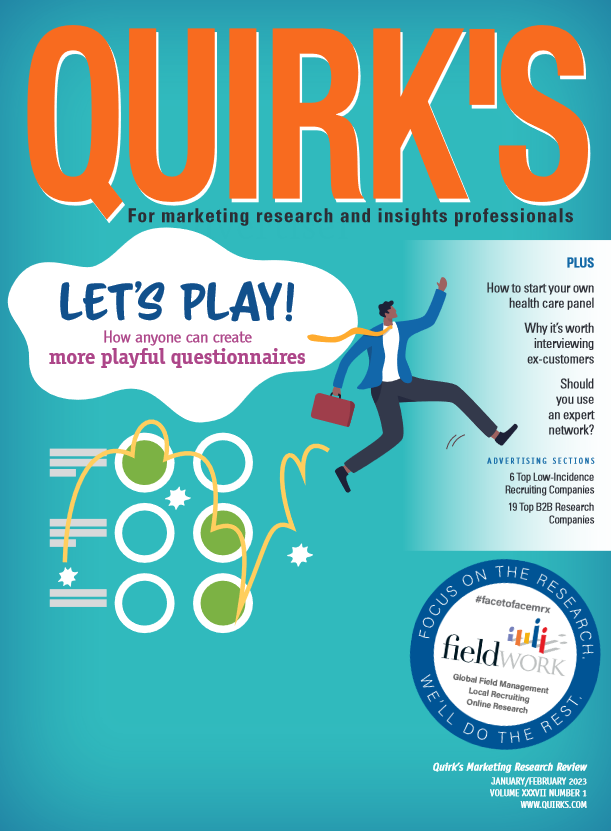 Market and consumer research surveys have a reputation of being boring. Obviously, that’s not a tradition any of us want to maintain because of the negative impact it has on completion rates, data quality, and costs.
Market and consumer research surveys have a reputation of being boring. Obviously, that’s not a tradition any of us want to maintain because of the negative impact it has on completion rates, data quality, and costs.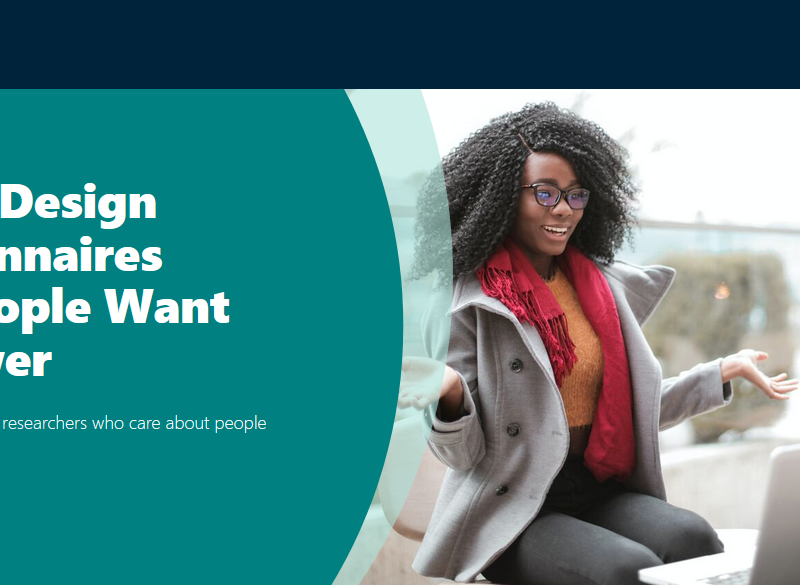




 A lot of market research starts by truly understanding a specific audience. Who are they – what are their hobbies, where do they live, where do they work, what does their family look like? It’s really easy to calculate a median age and the percentage of customers who are female but the last few years have taught us a lot about intersectionality – it’s not just “women,” it’s “disabled Black women.” In the research world, we understand this as customer segments or personas.
A lot of market research starts by truly understanding a specific audience. Who are they – what are their hobbies, where do they live, where do they work, what does their family look like? It’s really easy to calculate a median age and the percentage of customers who are female but the last few years have taught us a lot about intersectionality – it’s not just “women,” it’s “disabled Black women.” In the research world, we understand this as customer segments or personas. If you’ve written a questionnaire before, you know how important this tip is. Sure, you could write a questionnaire as if you were Charles Dickens showing off his stunning, grammatically correct 200-word sentences with multiple, embedded clauses.
If you’ve written a questionnaire before, you know how important this tip is. Sure, you could write a questionnaire as if you were Charles Dickens showing off his stunning, grammatically correct 200-word sentences with multiple, embedded clauses. How do you get colleagues to share your research? Easy! Well, it’s not that easy. Storytelling is a necessary skill that will carry your research results throughout the company. Let people know what is exciting about the insights, how they could be used to reach consumers in unexpected ways, how they could personally benefit from understanding the results.
How do you get colleagues to share your research? Easy! Well, it’s not that easy. Storytelling is a necessary skill that will carry your research results throughout the company. Let people know what is exciting about the insights, how they could be used to reach consumers in unexpected ways, how they could personally benefit from understanding the results. You could build and execute a 5-year research plan.
You could build and execute a 5-year research plan.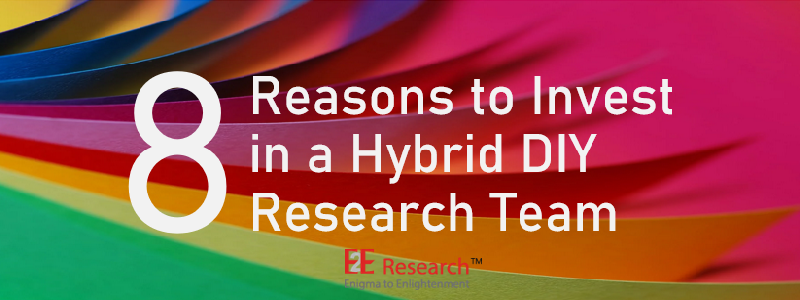

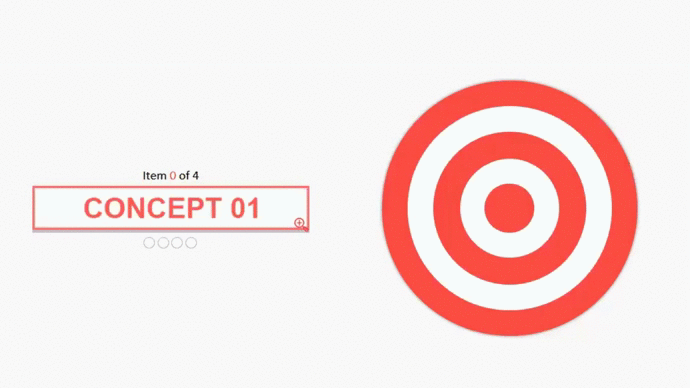
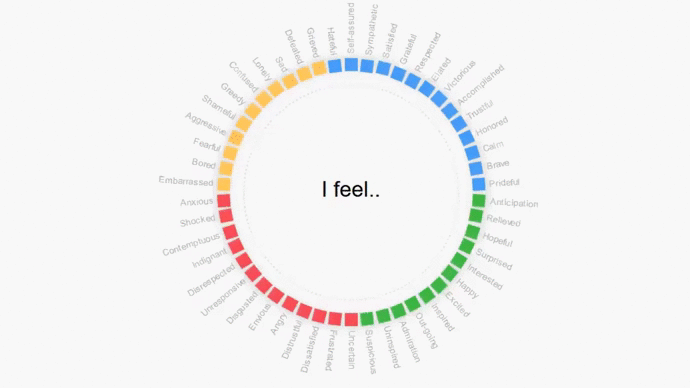
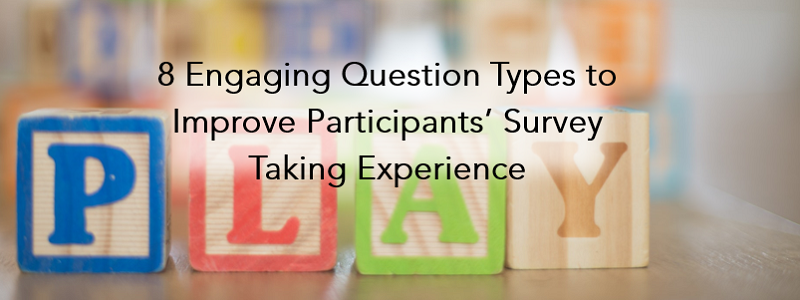
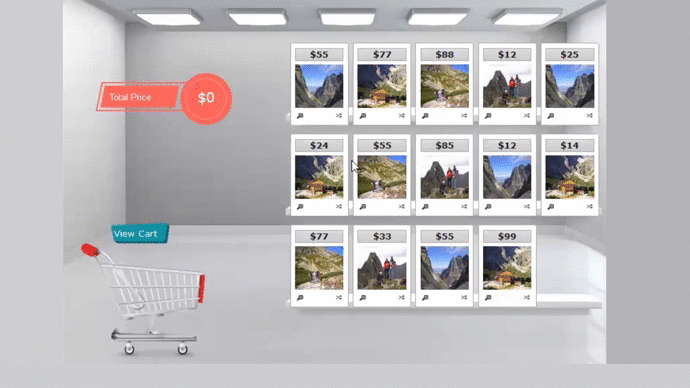 I’ve yet to wander through a brick-and-mortar store where every product was presented to me as a black and white written description with no imagery. If a study doesn’t require the external validity of an in-store or facility shelf test, consider creating a questionnaire with high quality artwork, photographs, and animations that reflect a more realistic product selection experience.
I’ve yet to wander through a brick-and-mortar store where every product was presented to me as a black and white written description with no imagery. If a study doesn’t require the external validity of an in-store or facility shelf test, consider creating a questionnaire with high quality artwork, photographs, and animations that reflect a more realistic product selection experience. Traditional questionnaires list out the brand names in alphabetical order and often ask people to assign rank order numbers to them. The most desirable product is assigned the number 1 while the least desirable product is assigned the number 5 or 10 or some other larger number.
Traditional questionnaires list out the brand names in alphabetical order and often ask people to assign rank order numbers to them. The most desirable product is assigned the number 1 while the least desirable product is assigned the number 5 or 10 or some other larger number.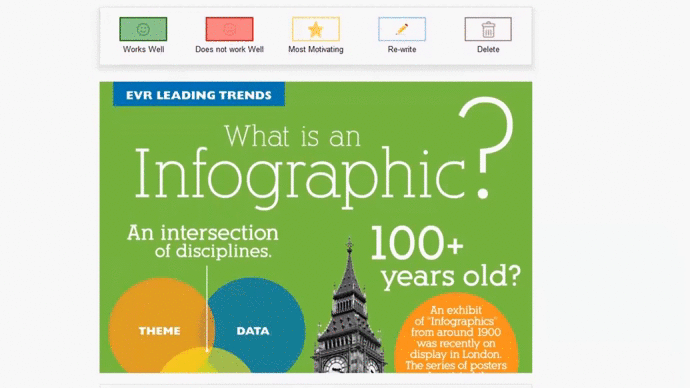
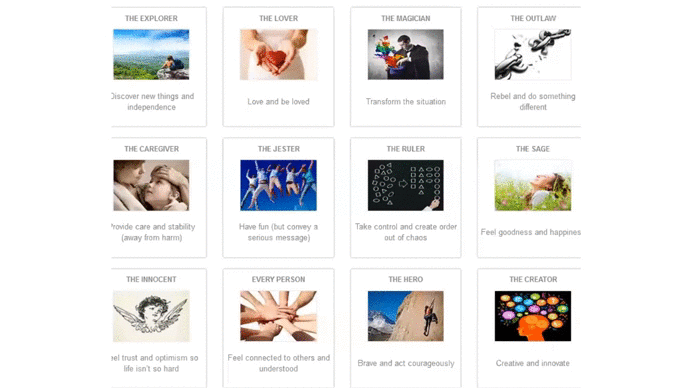 Everyone communicates in different ways. Painters and authors and musicians (and those of us who aspire to be one of those!) find it easier to share opinions and ideas in visual or written or auditory ways. Further, some question types are better at capturing basic facts and straightforward opinions while other question types are better at capturing feelings and emotions.
Everyone communicates in different ways. Painters and authors and musicians (and those of us who aspire to be one of those!) find it easier to share opinions and ideas in visual or written or auditory ways. Further, some question types are better at capturing basic facts and straightforward opinions while other question types are better at capturing feelings and emotions. And of course, what about people who prefer to share their opinions and ideas verbally or visually? Digital devices make it very easy to
And of course, what about people who prefer to share their opinions and ideas verbally or visually? Digital devices make it very easy to  For quantitative researchers running tabulations and statistical analyses day after day, it’s easy to forgot how intimidating math is for many people. Fortunately, our digital devices are ready and willing to help. At the most basic level, researchers can design questions that automatically do the math for participants – no more, “Please make sure your numbers add to 100%.”
For quantitative researchers running tabulations and statistical analyses day after day, it’s easy to forgot how intimidating math is for many people. Fortunately, our digital devices are ready and willing to help. At the most basic level, researchers can design questions that automatically do the math for participants – no more, “Please make sure your numbers add to 100%.”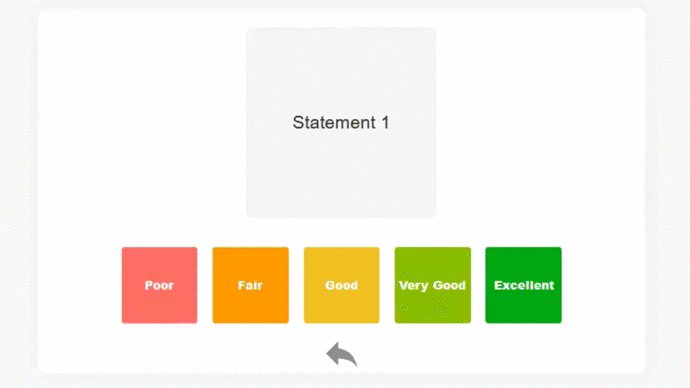
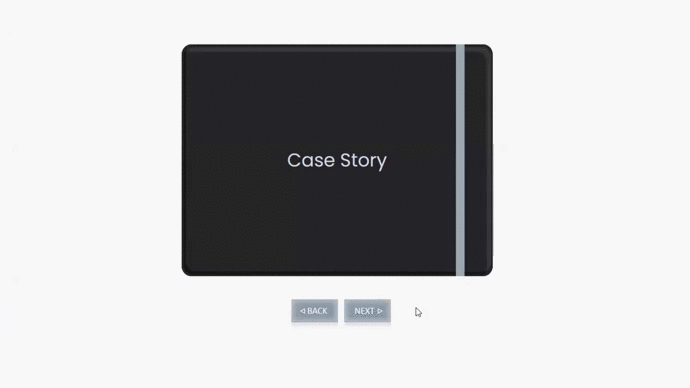 When people agree to participate in a survey, they know they will be asked to click in circles and boxes, and select items from a list. Unfortunately, they’re often less interested in typing out long explanations of their answers.
When people agree to participate in a survey, they know they will be asked to click in circles and boxes, and select items from a list. Unfortunately, they’re often less interested in typing out long explanations of their answers.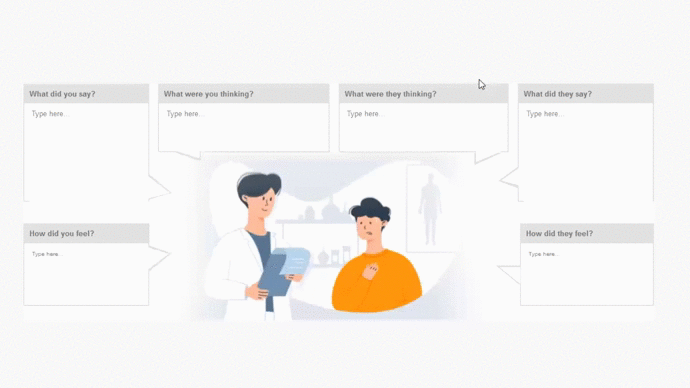 You, the researcher, were in charge of 99% of the survey experience. You told participants what the questions were and you told them what their answers could be. Once you’ve reached the end of the survey, however, it’s time to let participants be in charge. End the questionnaire in a respectful but fun way by incorporating a question that uses a bit of creativity.
You, the researcher, were in charge of 99% of the survey experience. You told participants what the questions were and you told them what their answers could be. Once you’ve reached the end of the survey, however, it’s time to let participants be in charge. End the questionnaire in a respectful but fun way by incorporating a question that uses a bit of creativity.

 In the research space,
In the research space, 
